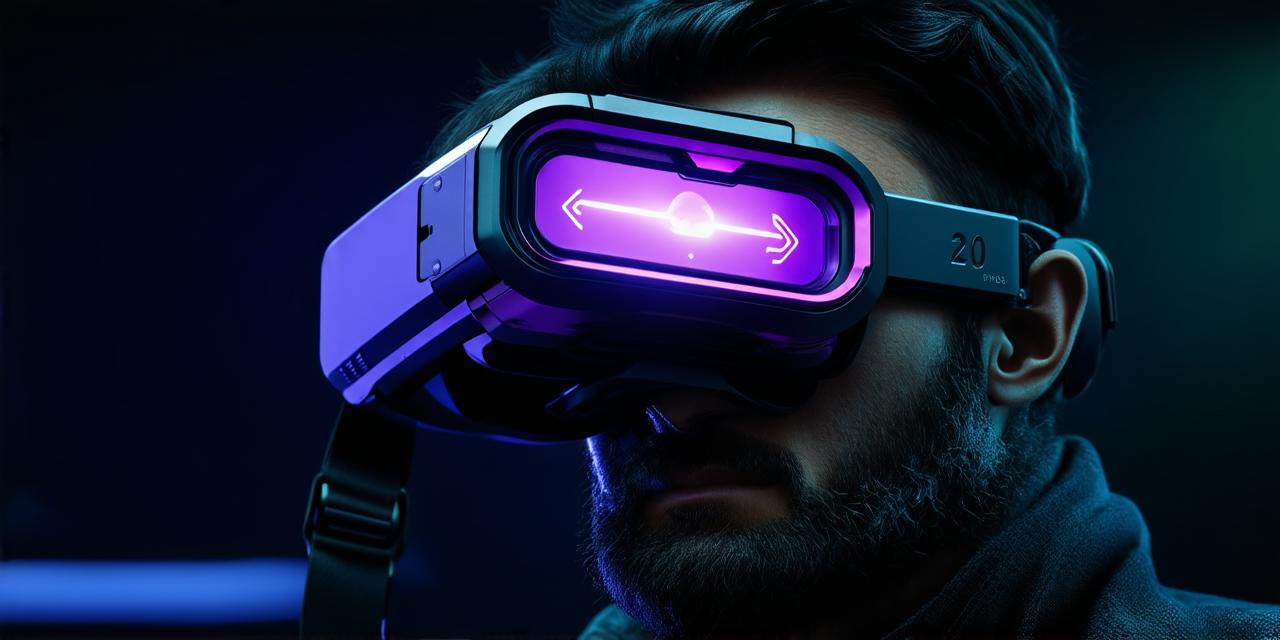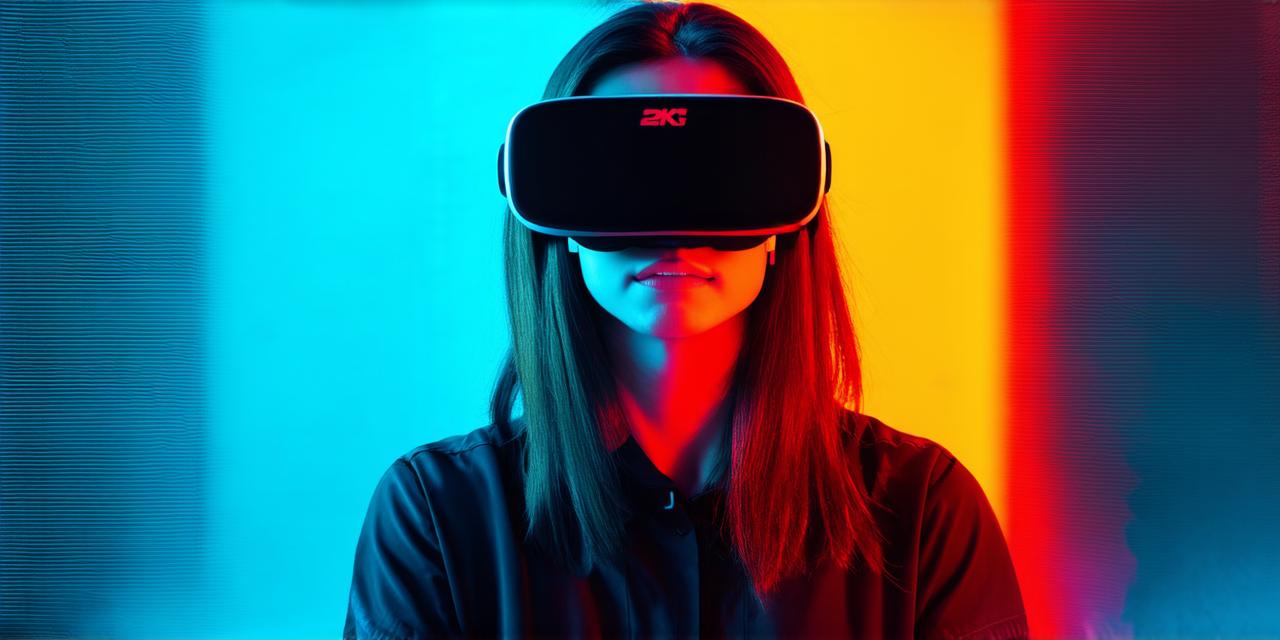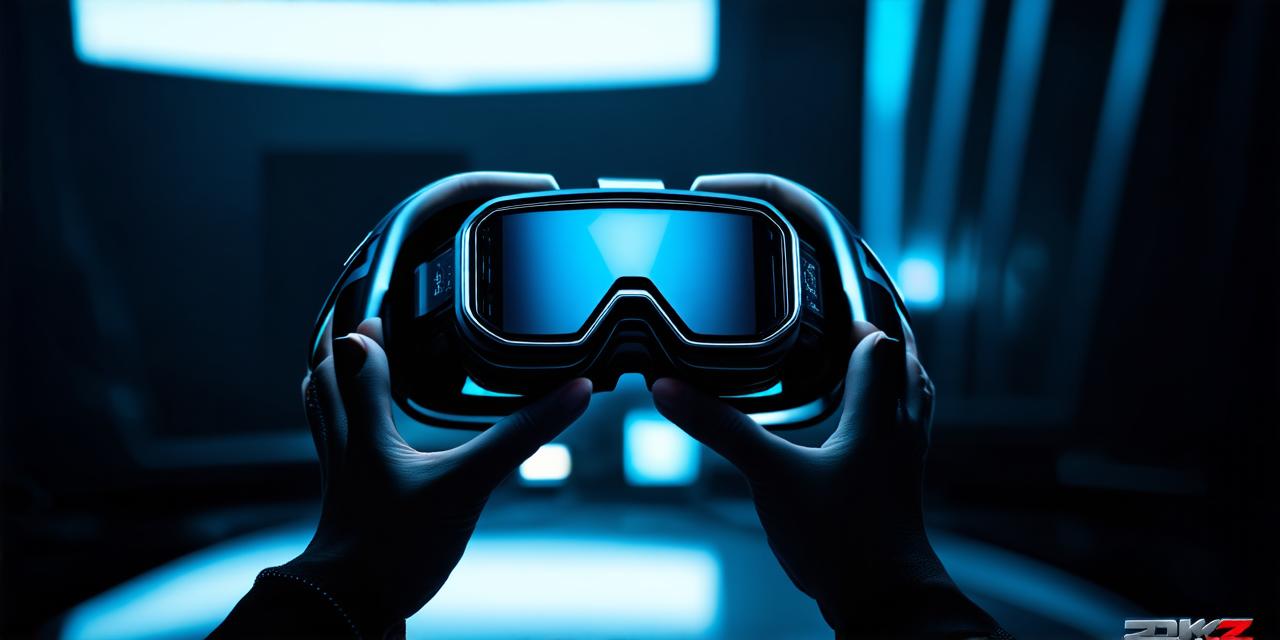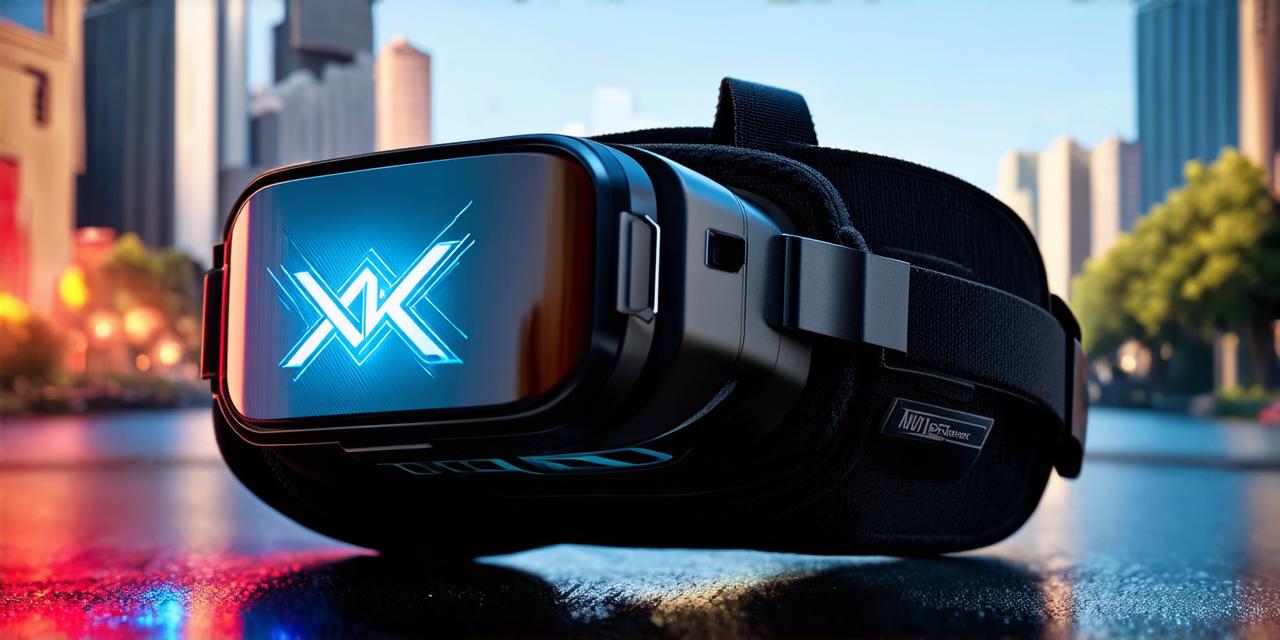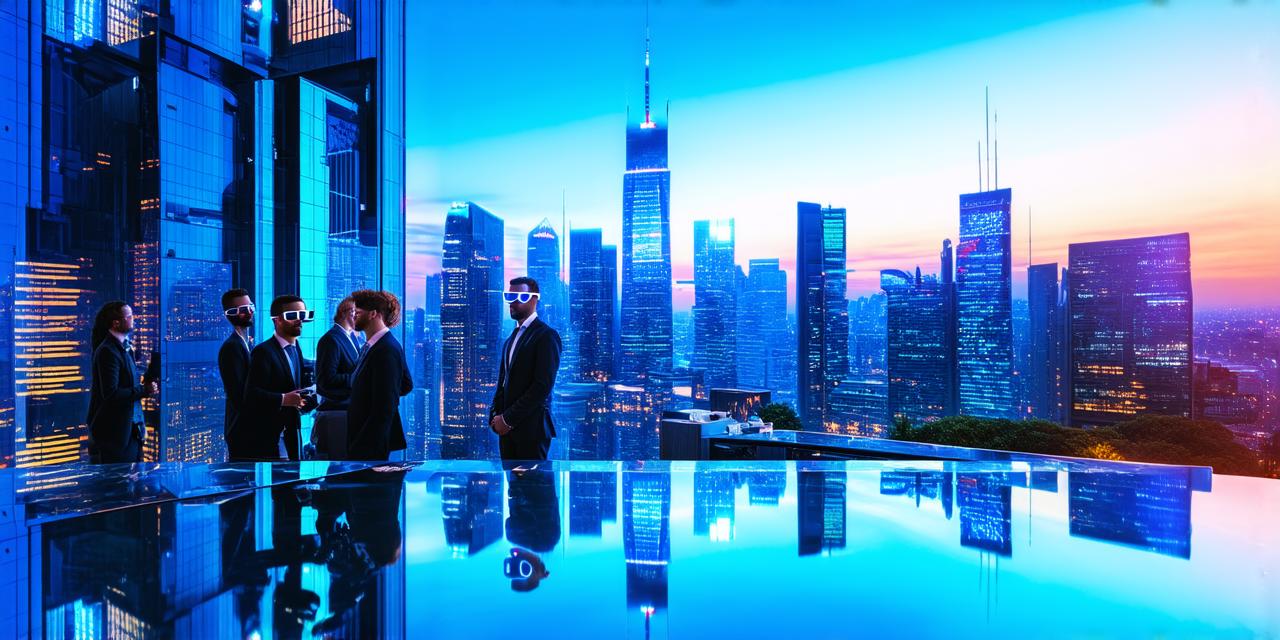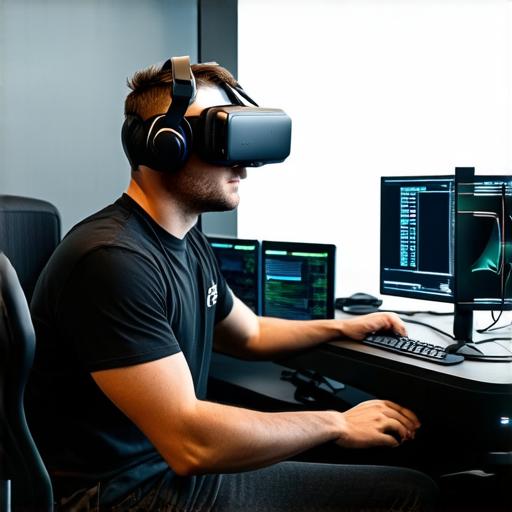
Virtual reality (VR) is a rapidly growing technology that offers immersive experiences to users. It’s not just limited to gaming and entertainment; VR has also found applications in fields like education, training, and healthcare.
Creating a Virtual Reality Environment: Step-by-Step Guide
1. Define the Purpose of Your VR Environment
Before you start creating your VR environment, it’s essential to define its purpose. What do you want to achieve with this experience? Is it educational, entertainment, or something else entirely? Understanding the purpose will help you design an immersive and engaging environment that aligns with your goals.
For instance, let’s consider a VR environment for medical training. The goal of this environment is to provide healthcare professionals with a realistic simulation of surgeries and other medical procedures. In such a case, the VR environment should mimic a hospital setting, complete with surgical instruments, medical equipment, and a sterile environment.
2. Choose Your VR Development Platform
The next step is to choose your VR development platform. There are several VR development platforms available, such as Unity, Unreal Engine, A-Frame, and WebVR. Each of these platforms has its strengths and weaknesses, so it’s crucial to choose one that aligns with your needs.
For instance, if you’re building a VR environment for educational purposes, you may prefer A-Frame, as it’s an open-source platform that’s easy to use and doesn’t require extensive coding knowledge. On the other hand, if you’re building a complex VR experience with advanced graphics and animations, Unity or Unreal Engine may be a better choice, as they offer more advanced features and capabilities.
3. Design Your VR Environment
Designing your VR environment is a critical step in creating an immersive experience for your users. You need to consider factors like lighting, textures, sound effects, and visual effects to create a realistic and engaging environment.
To design your VR environment, you can use 3D modeling software like Blender or Maya. These tools allow you to create 3D models of your environment, add textures and materials, and apply lighting effects to create a realistic atmosphere.
Once you have designed your VR environment, you can import it into your chosen VR development platform. From there, you can add interactivity elements like buttons, sliders, and menus to allow users to navigate the environment and interact with objects within it.
4. Test and Optimize Your VR Environment
Testing and optimization are critical steps in creating a VR environment that provides an immersive experience for users. You need to test your VR environment on different devices, platforms, and hardware configurations to ensure that it works seamlessly across all platforms.
You also need to optimize your VR environment to reduce load times and improve performance. This includes compressing textures, reducing the number of polygons in 3D models, and using efficient coding techniques to minimize processing time.
Case Study: Creating a VR Environment for Medical Training
Let’s take a look at an example of how to create a VR environment for medical training. In this case, we will use Unity as our VR development platform.
Step 1: Define the Purpose of Our VR Environment
Our goal is to provide healthcare professionals with a realistic simulation of surgeries and other medical procedures. We want to create an immersive environment that allows users to practice these procedures in a safe and controlled environment.
Step 2: Choose Our VR Development Platform
We have chosen Unity as our VR development platform, as it offers advanced features and capabilities that are suitable for building complex VR experiences.
Step 3: Design Our VR Environment
We will design our VR environment to mimic a hospital setting, complete with surgical instruments, medical equipment, and a sterile environment. We will use 3D modeling software like Blender to create 3D models of the environment and add textures and materials to create a realistic atmosphere.
Step 4: Test and Optimize Our VR Environment
Once we have designed our VR environment, we will import it into Unity and add interactivity elements like buttons, sliders, and menus to allow users to navigate the environment and interact with objects within it. We will then test our VR environment on different devices and platforms to ensure that it works seamlessly across all platforms. Finally, we will optimize our VR environment to reduce load times and improve performance, using efficient coding techniques and minimizing processing time.
Summary: Creating a Virtual Reality Environment for AR Developers
Creating a virtual reality environment can be a challenging but rewarding experience for AR developers. By following these steps and best practices, you can build engaging and immersive experiences that provide value to your users. Remember to choose the right development platform, design a realistic and engaging environment, test and optimize your VR environment, and consider using case studies or personal experiences to illustrate your points.
FAQs:
1. What is the difference between VR and AR?
VR (Virtual Reality) and AR (Augmented Reality) are two different technologies that provide immersive experiences to users. VR creates a fully immersive environment, while AR overlays digital information onto the real world.
2. What software do I need to create a VR environment?
There are several VR development platforms available, such as Unity, Unreal Engine, A-Frame, and WebVR. Choose one that aligns with your needs and experience level.
3. How long does it take to create a VR environment?
The time it takes to create a VR environment depends on the complexity of the project and the experience level of the developer. It can take anywhere from a few weeks to several months to complete a VR environment.
4. What are some common challenges when creating a VR environment?
Common challenges include motion sickness, performance issues, and user navigation. To address these challenges, it’s essential to design a realistic and engaging environment, optimize your VR environment for performance, and provide intuitive navigation elements.
5. How do I test my VR environment on different devices and platforms?
You can test your VR environment on different devices and platforms using cross-platform development tools like Unity or Unreal Engine. These tools allow you to build your VR environment once and deploy it across multiple platforms, including desktop, mobile, and VR devices.
